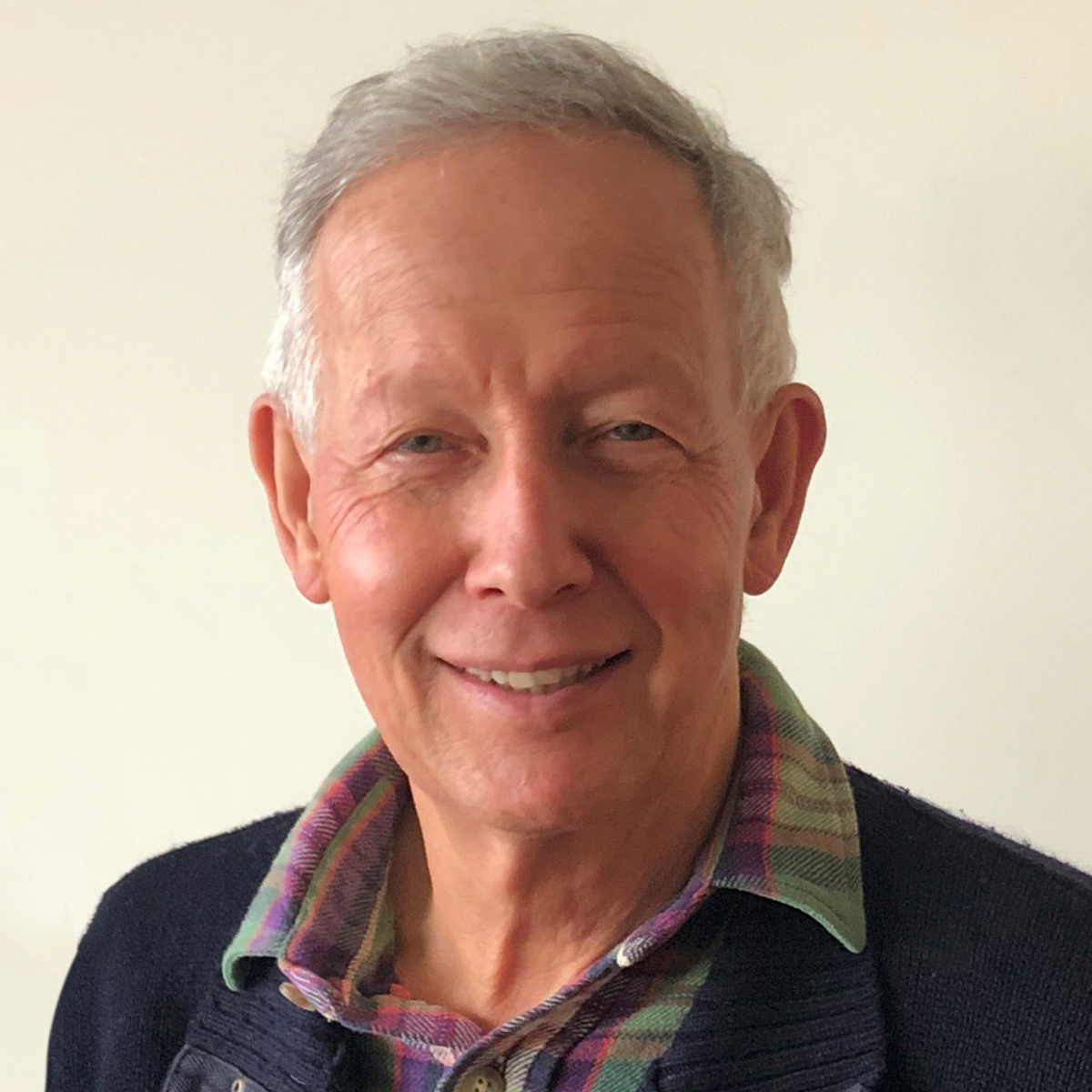
31/01/1947 – 08/09/2023
Janos (John) Haasz was born in Budapest. His parents, Márta and Alfred (Frédi) were of Hungarian Jewish background. They met in 1941 but were separated by the terrible events of World War II. Both lost many of their close relatives in the Holocaust, but against the odds, Márta and Frédi survived and were reunited in March 1945. They married immediately and nearly two years later, John was born.
An only child of refugees, John was quiet, serious and studious. Having begun at Camberwell Boys Grammar, halfway through his secondary schooling John moved to Wesley College. He always did well academically, winning several scholarships and exhibitions. Despite being the least war-like person imaginable, John enjoyed being in the cadets at Wesley, where he led the Intelligence unit. He matriculated in 1963, at the age of 16, as Dux of the school in maths and sciences. John was then awarded a National Undergraduate Scholarship, one of about 10 granted by the Australian National University each year to attract the nation’s best students. He also received a Victorian Government Senior Scholarship and a Commonwealth Scholarship.
John had just turned 17 when he moved to Canberra in 1964, and his four years at ANU were among the happiest of his life. John cherished his memories of this time. He lived at Bruce Hall, among a cohort of interesting and clever students from across Australia, many of whom have remained friends to this day.
John enjoyed a lifelong career in computing, which included periods at the Bureau of Meteorology, various companies in Melbourne, London and the Netherlands, lecturing and programming at Monash and Swinburne Universities, and 20 years in technical leadership roles at Australia Post. A career highlight was designing and leading the development of a new software language called POGO in the mid-1970s. POGO was notable for being transportable across machines and operating systems and was adopted by the US aerospace company McDonnell Douglas for its voice response systems. John was always generous with his knowledge.
John retired from the workforce in the late nineties. In 2002, he returned to his first love – physics, completing his second Bachelor of Science with First-Class Honours at the University of Melbourne in 2006. After inheriting a generous legacy from his hardworking parents, he began to support various organisations in science, the arts and education. Over the years, these have included the Australian National University, the School of Physics at the University of Melbourne, the Australian National Academy of Music, Red Stitch Theatre Company, the Burnet Institute, the Australian Centre for the Moving Image, The Institute of Inquiring Minds, and Wesley College, among many others. He thought carefully about which organisations to support, and in what way. In particular, he wanted to encourage women to pursue careers in science, open educational opportunities for Indigenous Australians and support the marvellous young musicians at ANAM.
John was a man of science. A scholar and a gentleman. He got a great deal out of life and gave much back. He helped his community, friends and family quietly, in thoughtful and practical ways. He has been taken from all of us much too soon, but we are fortunate to have been part of his life.
John is survived by his partner, Belinda, his children Kimberley, Fiona and Peter (OW1996), and grandchildren Remy, Emma, Henry and Charlie.
Contributed by Peter Haasz (OW1996)
